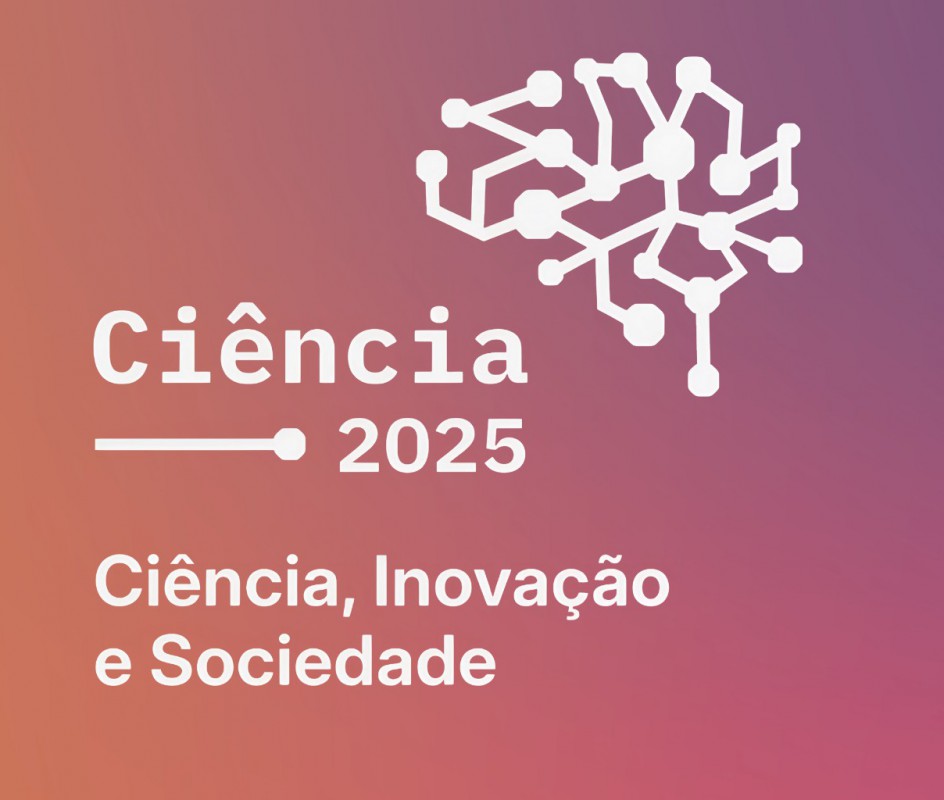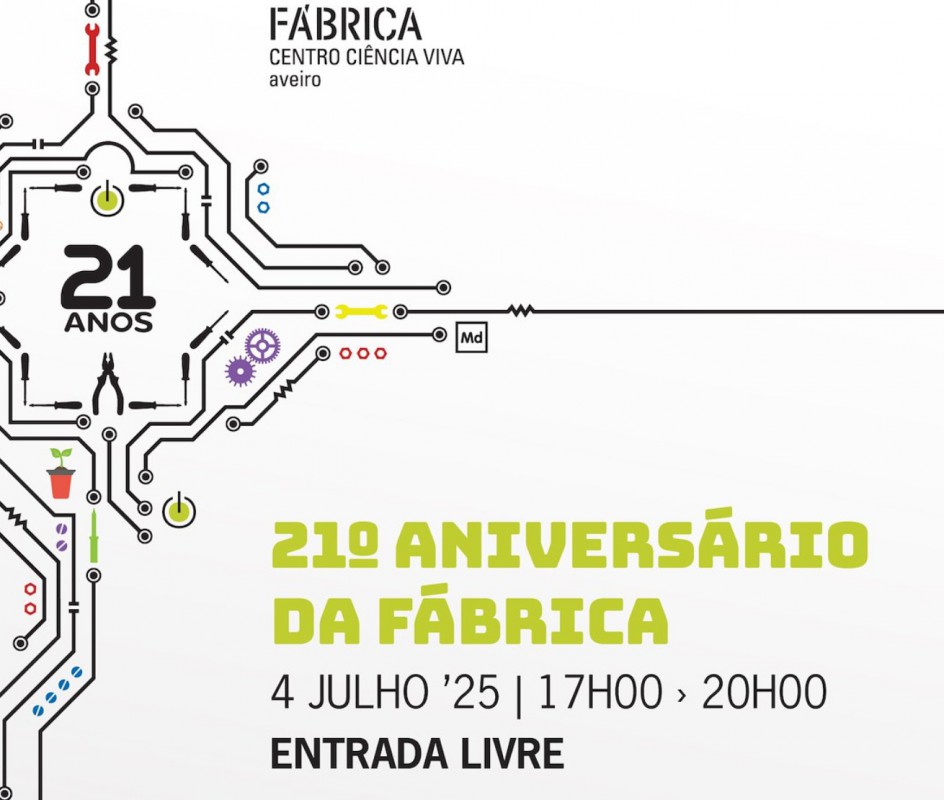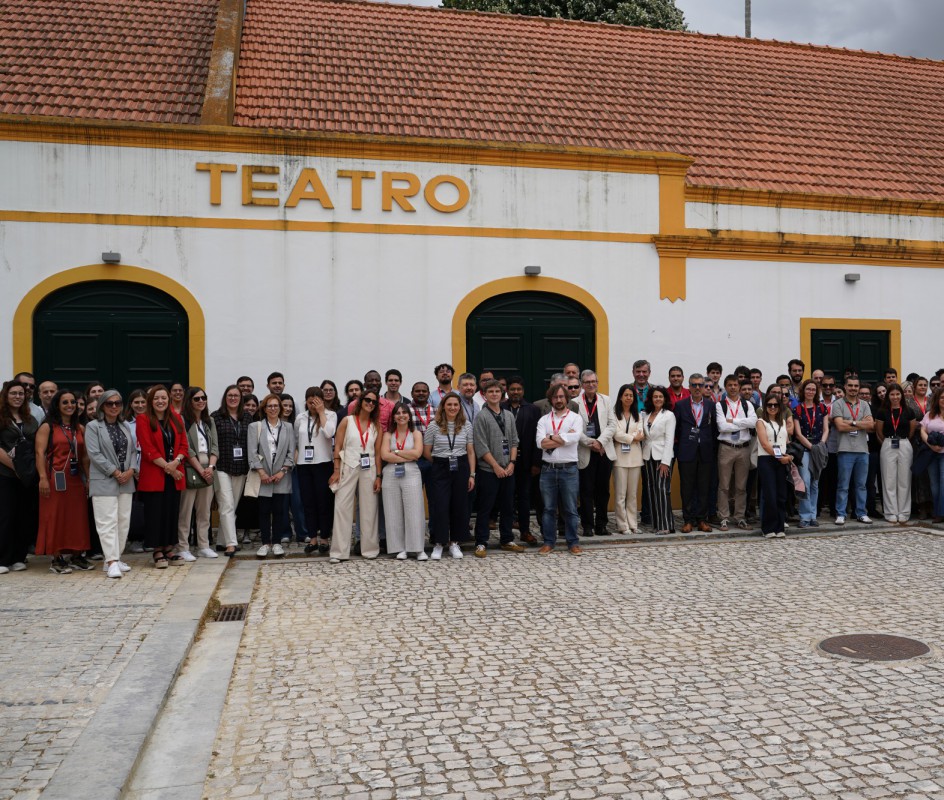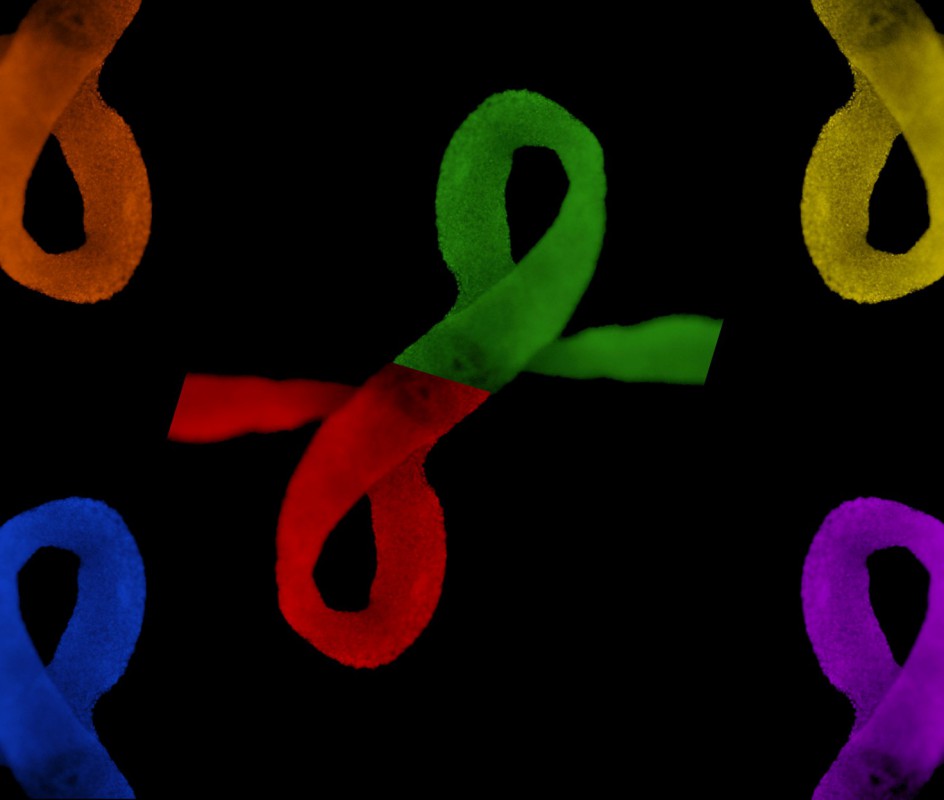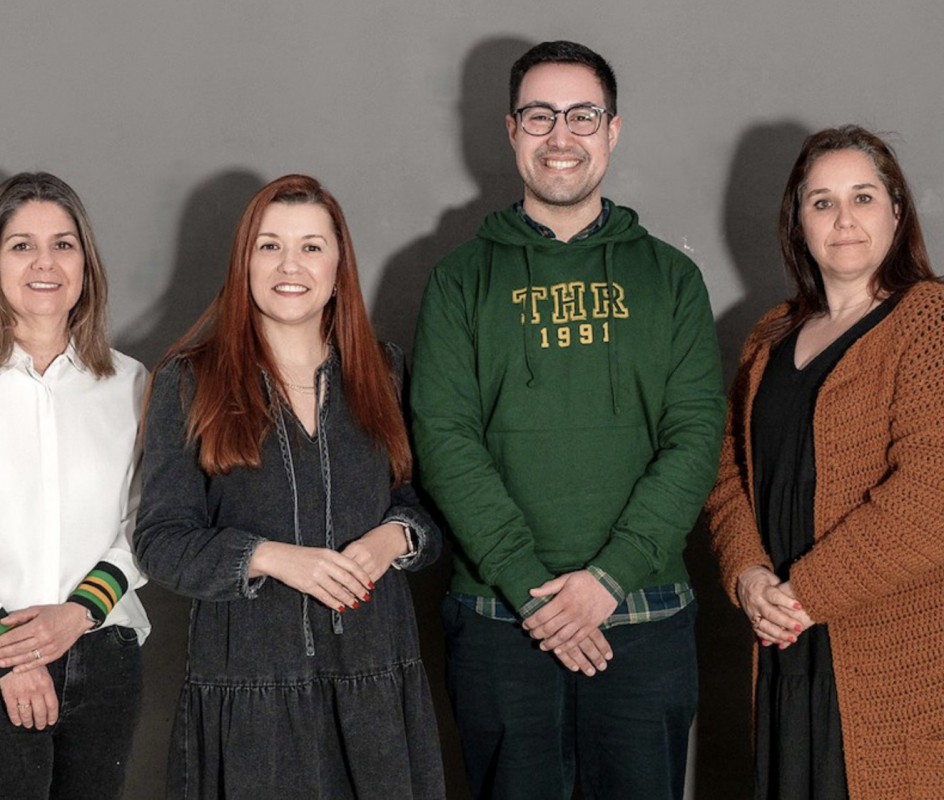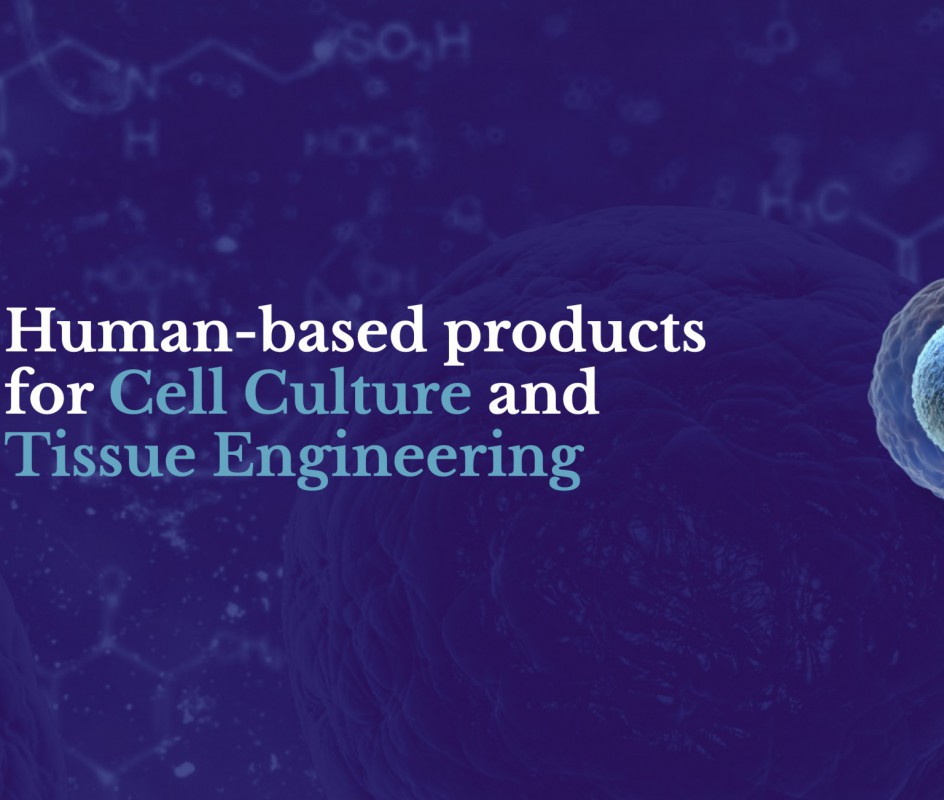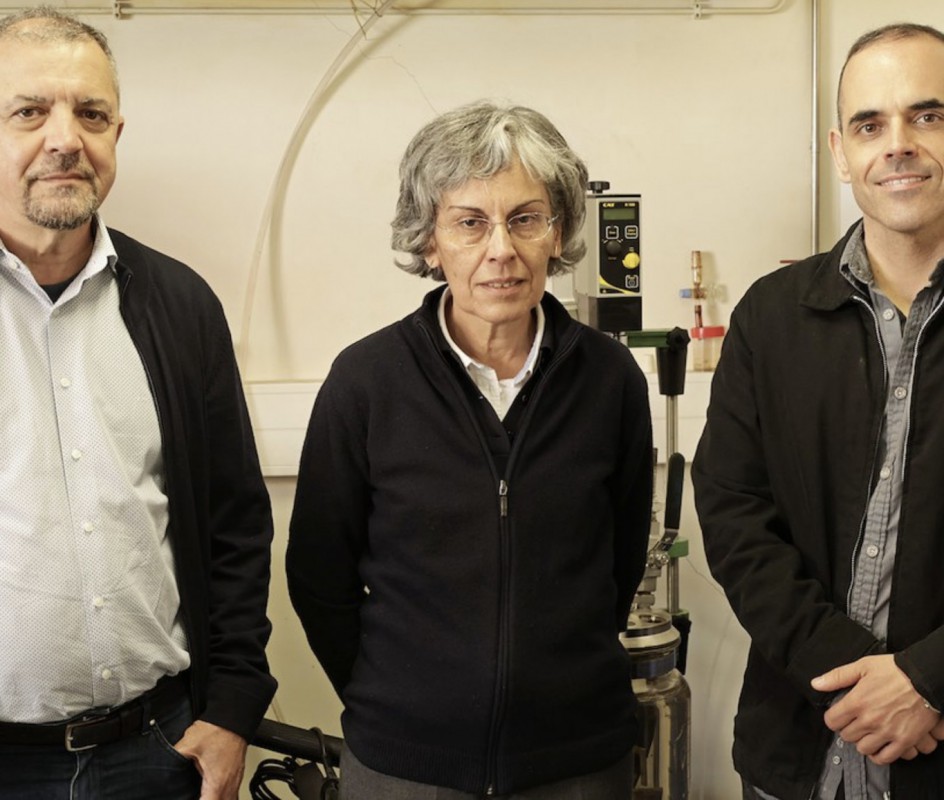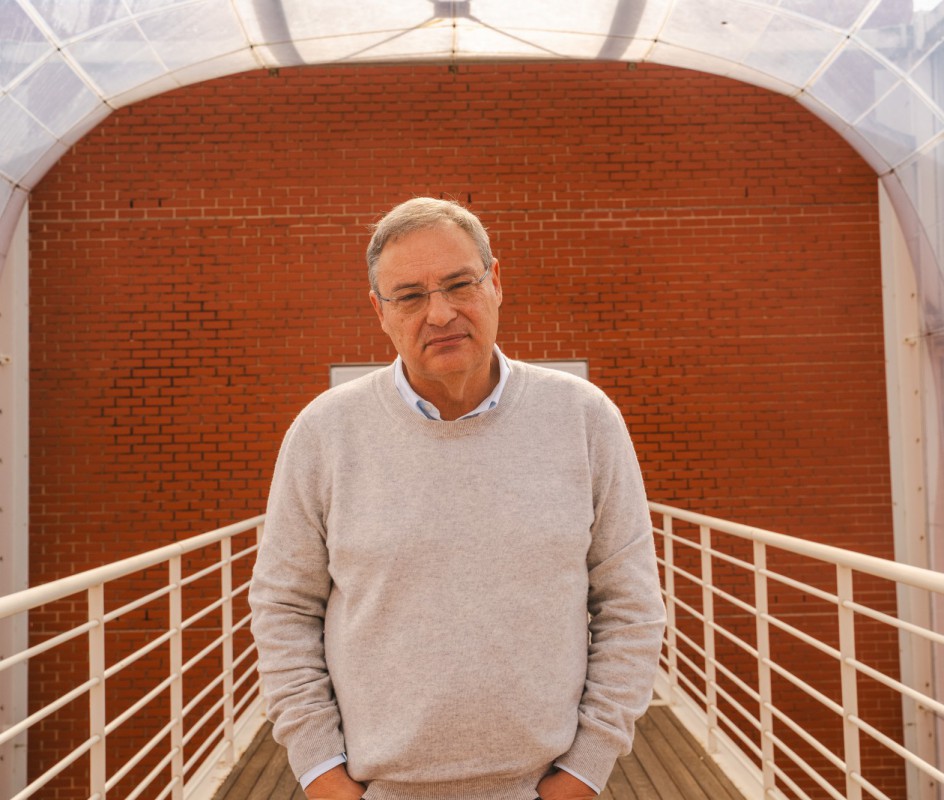
Vítor Félix, a researcher at CICECO – Aveiro Institute of Materials and a Professor in the Department of Chemistry at the University of Aveiro, is one of the authors of the article “Amphoteric chalcogen-bonding and halogen-bonding rotaxanes for anion or cation recognition,” recently published in Nature Chemistry. The computational studies supporting this research were coordinated by Vítor Félix and carried out in collaboration with Igor Marques, a former CICECO researcher.
Vítor Félix highlights that “Publishing in Nature Chemistry reflects the relevance and innovation of our work. The journal is one of the leading platforms for disseminating scientific advancements in both fundamental and applied chemistry, showcasing pioneering research with global impact. This publication validates the originality of our approach and strengthens our position in developing new strategies for ion recognition through unconventional interactions.”
The newly published article, dedicated to Jean-Pierre Sauvage (Nobel Prize in Chemistry, 2016), demonstrates that interlocked molecular structures (rotaxanes) incorporating iodine and/or tellurium atoms as recognition units, functioning as Lewis acids or bases, can recognize either metal cations or anions.
This study results from more than two decades of collaboration with Professor Paul D. Beer of the University of Oxford, during which the extensive application of unconventional interactions, such as halogen and chalcogen bonding, has been explored for the selective recognition of anions by receptors with different molecular architectures. Vítor Félix emphasizes that this is the second publication in Nature Chemistry with Professor Paul D. Beer, following their 2014 article, “Halogen bonding in water results in enhanced anion recognition in acyclic and rotaxane hosts,” which reported anion recognition in water by rotaxanes. The advantage of unconventional interactions over hydrogen bonding lies in their ability to operate substrate recognition in competitive solvents (e.g., water), an important aspect in various fields such as drug development, catalysis, and beyond.
This new publication expands on recent research and establishes a new paradigm in molecular design by demonstrating that, by leveraging the amphoteric nature of iodine and tellurium atoms as recognition units, it is possible to create receptors with the same molecular structure capable of selectively interacting with either cations or anions in different solvents.
Regarding the choice of Nature Chemistry, Vítor Félix clarifies that it is not due to a special relationship with the journal but rather the decision to publish in the best platform to highlight the work’s significance when justified. The professor and researcher emphasizes that “over the years, this collaboration has resulted in chemically relevant articles in several high-impact journals, such as Angewandte Chemie International Edition and Journal of the American Chemical Society, among others. This continuity demonstrates the evolution of our research and the growing importance of these interactions in different fields of Chemistry.”
Article Citation:
Tse, Y.C., Docker, A., Marques, I. et al. Amphoteric chalcogen-bonding and halogen-bonding rotaxanes for anion or cation recognition. Nat. Chem. (2025). https://doi.org/10.1038/s41557-025-01742-x.
Related Articles
We use cookies for marketing activities and to offer you a better experience. By clicking “Accept Cookies” you agree with our cookie policy. Read about how we use cookies by clicking "Privacy and Cookie Policy".


